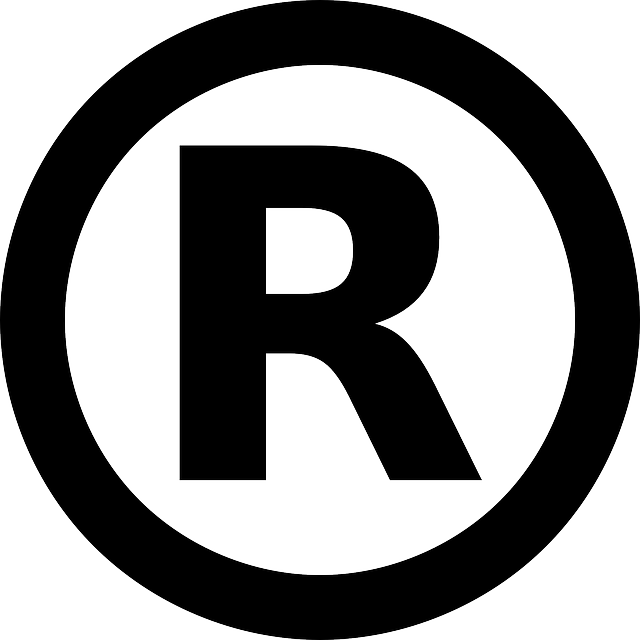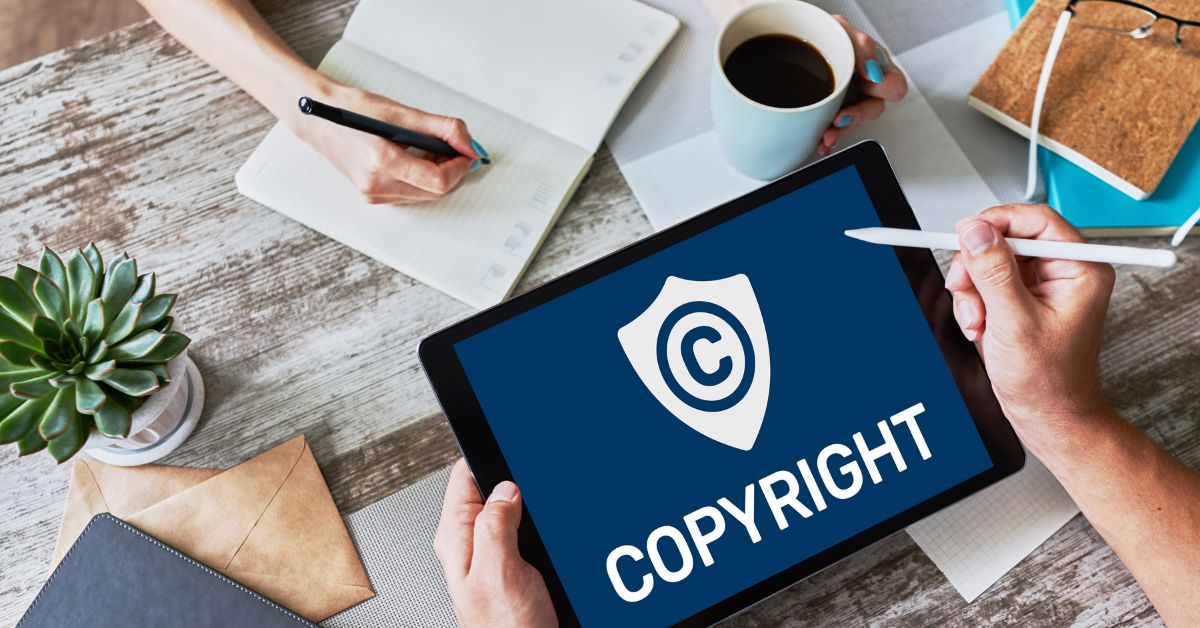How Can I Protect My Intellectual Property?
The Legal Jobs report states that nearly 12,000 intellectual property cases are filed annually. That’s how important it is to protect your intellectual property. Whether you are a business owner, an employee or a freelancer, you will likely have intellectual property that needs to be protected.
Intellectual property (IP) is one of the most important assets a business can possess. It encompasses everything from the company name and logo to the products and processes that are developed in-house. IP can be protected in a number of ways, but it’s important to understand your options and how to best protect your intellectual property rights.
Each type of IP protection has its own set of rules and regulations governing how it can be obtained and used. In order to get the most protection for your intellectual property, it’s important to understand how each type works and how they can be combined to create a comprehensive IP strategy for your business.
4 Types of Intellectual Property Protection
Before you learn how to protect intellectual property, it’s important to understand the four main types of IP rights protection available.
Copyright

The purpose of copyright is to protect the creator’s intellectual property by compensating them for their original works. The protection lasts for the lifetime of the creator, plus 70 years. Some examples of what can be copyrighted include photographs, videos, novels, song lyrics, manuscripts, paintings and sound recordings.
Copyrights also protect literary and artistic works from being reproduced, distributed, or altered without the creator’s permission. The copyright owner has exclusive rights to make copies and distribute the work as they see fit.
Unlike what many people think, copyright does not need to be registered for the author’s exclusive rights. Registration simply makes it easier for authors to prove their ownership and take legal action if someone infringes on their work.
Utility Patent
A utility patent protects the inventor’s right to make and sell a useful invention. This type of protection lasts for 20 years, provided the patent is maintained and renewed as necessary. Examples of things that can be patented include machines, processes, methods and manufactured products.
Trade Secrets

Trade secrets are a type of intellectual property that companies protect by keeping them confidential. This is done to maintain an economic advantage over competitors who might gain access to the information and use it against the company.
Although trade secrets aren’t publicized or filed with any government office, if you can provide evidence that you attempted to keep the secret safe, anyone who steals it can be punished in court. Taking ideas from another company without permission is a federal offense, and the punishment could be criminal.
Trademark

Businesses use trademarks to preserve the words, phrases, symbols, and logos that identify their goods or services. Trademark registration is valid for an indefinite period as long as it’s renewed every 10 years and used in business, making it one of the essential IP protections for businesses.
Intellectual property makes sure businesses are recognizable to customers. For example, you can’t trademark a logo if it closely resembles one of your competitor’s logos because consumers might get confused.
How Can I Protect My Intellectual Property?
By establishing intellectual property protection, you not only safeguard your current innovations from being copied or stolen but also create an incentive for future creativity. More people can benefit from whatever you create without violating your rights.
Here are 7 ways to protect your intellectual property:
Register trademarks, copyrights and patents
Make sure to register all of your intellectual property rights with the appropriate government agency. This will give you legal protection and help you take action if someone tries to steal or copy your ideas.
We’ve discussed all the different types of IP protection available, but you must make sure to register each one properly.
Register Business, Domain names or Product
If you’re hoping to start a business built around your intellectual property, take measures to protect yourself by registering any related business, product or domain name. This will help preserve your rights even if someone else has a similar idea and tries to pass themselves off as associated with you.
For example, registering your business name as a trademark can help protect it from other companies using it.
Also, it gives your business a competitive advantage in the market. You can also use domain names to differentiate your company or product from competitors.
Implement security measures
It’s also important to take steps to protect your intellectual property from being stolen. This means taking security measures such as password-protecting documents, encrypting data and limiting access to certain information. You should also keep track of where your IP is stored and who has access to it.
While it has its advantages, today, nearly every business operates using technology or the Internet. Although this often results in growth and success for companies, there are also a number of disadvantages, particularly when your company’s IP is stored online, where it may be subject to hacking or file corruption.
Pro Tip: No matter the size of your business, you should invest in software storage tools and file distribution. If you have a large company, it’s essential to hire an IT team to manage these security measures and sign an NDA.
Don’t Create Joint Ownership For Intellectual Property Rights
Avoid joint intellectual property rights whenever possible. Having sole control of your rights is always beneficial. Joint ownership of these kinds of assets can often lead to future confusion and legal issues, which puts the security of the asset at risk and causes harm to all parties involved. The rightful owner of the IP should be a single individual or company managed by them.
Consult Intellectual Property Experts
Before you finalize your product design, consult with a patent or trademark agent to help Search and license any intellectual property you create. Defending your intellectual property costs money that could be put towards manufacturing, marketing, etc., so make sure it’s something worth defending.
Having a patent can be beneficial for various reasons, such as:
Deterring others from stealing your ideas.
Making your business more valuable if you plan to sell it.
Selling or licensing the patent to someone else or protecting yourself in court if you get sued.
Get Non-Disclosure Agreements
Who do you trust? That’s a question you should always ask yourself when it comes to protecting trade secrets. A non-disclosure agreement (NDA) is a legally binding document that can protect trade secrets by limiting what information can be shared between two parties.
To make sure your intellectual property is well-protected, look into crafting strong non-disclosure agreements and examining other documents such as employment agreements, licenses and sales contracts.
Keep your idea to yourself until you have formally filed a patent application
No matter what steps you take to protect your intellectual property, the only way to be absolutely sure that it is secure is by filing a patent application. Before doing so, it’s important to keep your idea a secret.
If you disclose your idea too early, it may become a public record, which could jeopardize any patent applications.
Steps to Take in Case of Intellectual Property Theft
If someone swipes your intellectual property rights, you need to have legal tools available so that you can fight back against theft. If you don’t yet have your IP registered or protected, it may still be possible for you to stop others from copying your ideas without permission. However, if this is the case, then according to law, you likely won’t be eligible to receive any compensation for damages.
If you think someone has stolen your intellectual property, here are 2 steps you should take:
Send A Warning Notice

To cease an IP infringement, send a cordial notice asking the offender to stop all actions related to your property. This first step doesn’t require any hostile language; instead, it’s simply a warning that explains your ownership and requests that they immediately halt their activities (e.g., reproducing or using your intellectual property).
An example of a warning notice may say something like this:
“We hereby notify you that we are the exclusive owners of all rights, title, and interest in our intellectual property and that we are aware of your unauthorized use thereof. We demand that you immediately cease all activities related to our intellectual property, such as reproducing or using it without our permission.”
Take Legal Action
If the offender does not comply with your warning notice, you can take legal action to protect your IP rights. Depending on the situation, this could involve filing a lawsuit, trademarking or patenting your work, or seeking the assistance of an IP lawyer.
Legal action is usually expensive and time-consuming, but it is the only way to ensure that your intellectual property is properly protected. Moreover, if you win the case, you may be entitled to collect damages or receive other forms of compensation.
Make Your Intellectual Property Protected
If your business relies on intellectual property, you’re probably a target for people trying to make money by stealing your ideas. Therefore, it’s important to remember that intellectual property is a valuable asset, so protecting it should be a top priority. With the right steps, you can make sure your ideas and creations are safe from theft.


